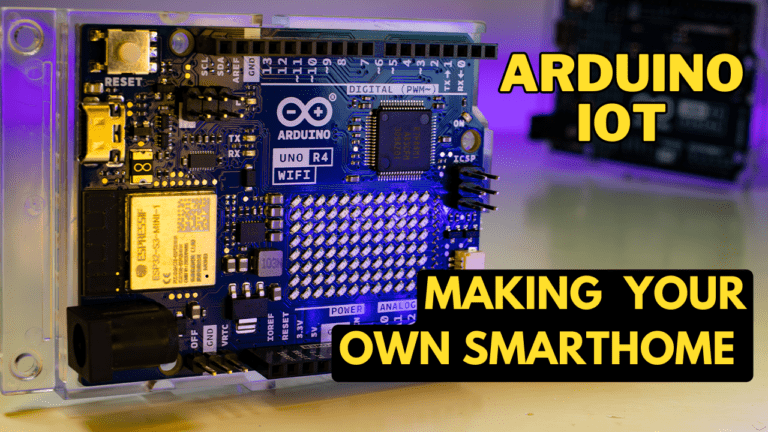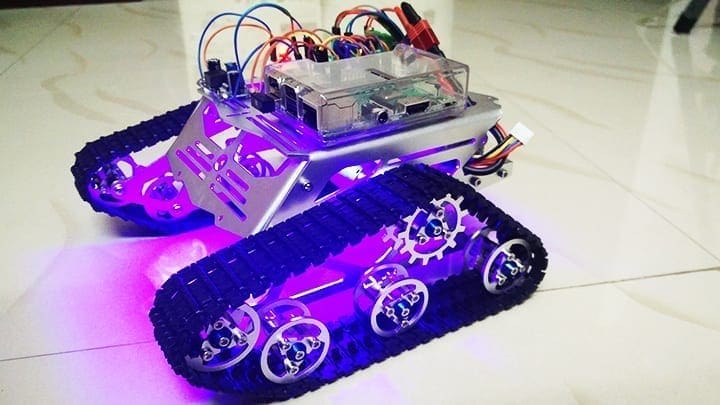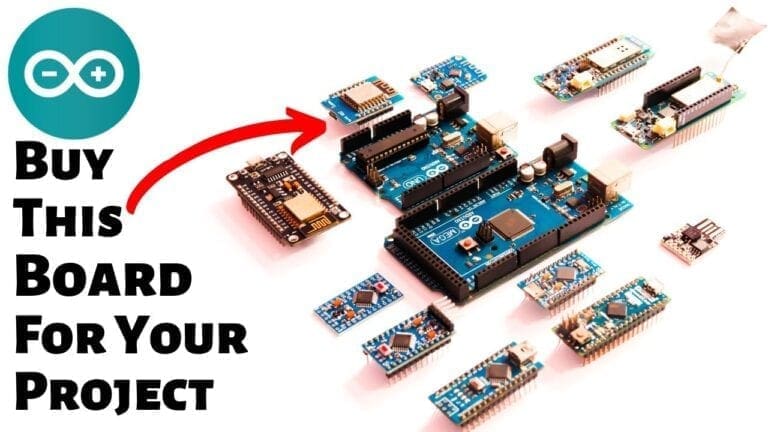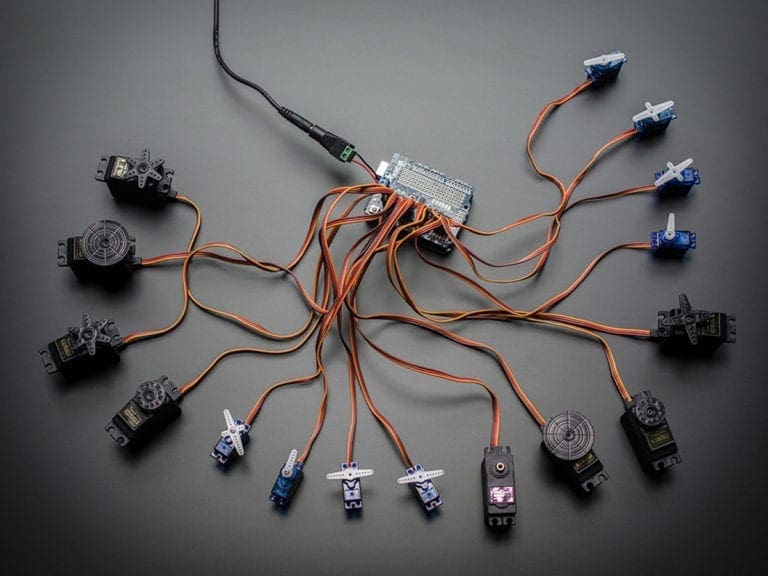Make your IoT Learning Fun with Arduino Explore IoT Kit
Arduino Explore IoT Kit
This week you’re about to witness the launch of our new product Arduino Explore IoT Kit, that’s going to be a sensational one. It focuses on high school and university students and makes their initial move in building connected devices.
This kit is specially created for beginners containing simple internet-based assignments and providing students the entrance into digital world of connected objects and folks.
They also offer a complimentary 12-month subscription to the Arduino Create Maker plan beside their kit, which means that currently, it’s faster and easier than ever to find, monitor, manage, and optimize devices utilizing the cloud — with the new Arduino IoT Cloud Remote app inside your mobile.
What is there in Arduino Explore IoT Kit?

Hardware:
- Arduino MKR1010
- MKR IoT Carrier designed for this kit, including:
– Two 24 V relays
– SD card holder
– Five Tactile buttons
– Plug and play connectors for different sensors
– Temperature sensor
– Humidity sensor
– Pressure sensor
– RGBC, Gesture and Proximity
– IMU
– RGB 1.20” display
– 18650 Li-Ion rechargeable battery holder
– Five RGB LEDs - Micro USB cable
- Moisture sensor
- PIR sensor
- Plug-and-play cables for all the sensors

Content
Access to an online platform including all the content, information, and activities you need to learn the basics of IoT in one place:
- 10 step-by-step hands-on activities, covering the fundamentals of IoT:
Hardware
Networking
Algorithms and programming
Security
Data handling - 10 open-ended challenges
How Arduino Explore IoT Kit makes Learning Easy?

- Actuators and the way to use them: Use lights, sound, display, and relays: electronic elements attached to activate high power devices, to examine information, and manage external devices.
- IoT Cloud and connected devices: manage physical objects, sort of displays or lights, remotely with the Arduino IoT Cloud.
- Serial communication, APIs, JSON, and net servers: Learn the necessities of API (application programming interfaces) work, the way to access remote net servers, and the process to store the incoming information in JSON objects to form devices which will access all kinds of information from everywhere the globe, and show it regionally.
- Network security considerations: perceive how did software system developers defend devices and data from unauthorized access.
- Different sensors and the way to use them: Investigate the settings like temperature, humidity, visual sensors, collect information regarding movement with a measuring device, pressure, and motion sensors, also
- They pay attention to your plants by following the info from vapor and visual sensors.
- Collecting, processing, and storing information: Store data regionally, wirelessly, and remotely for analysis and backup.
- Graphing and visualizing information and understanding its meaning: Use independent tools and techniques to graph information and interpret the data collected.
Their recent discussion with Sara Willner-Giwerc, (a Ph.D. candidate at Tufts University in Boston, Massachusetts) regarding her wonderful work on IoT in education — helps to indicate the way our kit explores learning.
Read the complete article regarding Sara Willner-Giwerc here.
You can purchase this entire IoT learning kit from our Arduino Store or from the native Education Partners just for €99 / $114.
In addition to the Explore IoT Kit, a second kit the “Oplà IoT Kit” is coming soon, targeting professionals who wanted an out-of-the-box IoT encounter. Get more information from here.
Stay Tuned
![Best Arduino Science Projects for Exhibition 2022 [Complete Tutorials Available😎]](https://b1870411.smushcdn.com/1870411/wp-content/uploads/2021/04/DIY-Projects-for-Exhibition-768x432.png?lossy=2&strip=1&webp=1)




